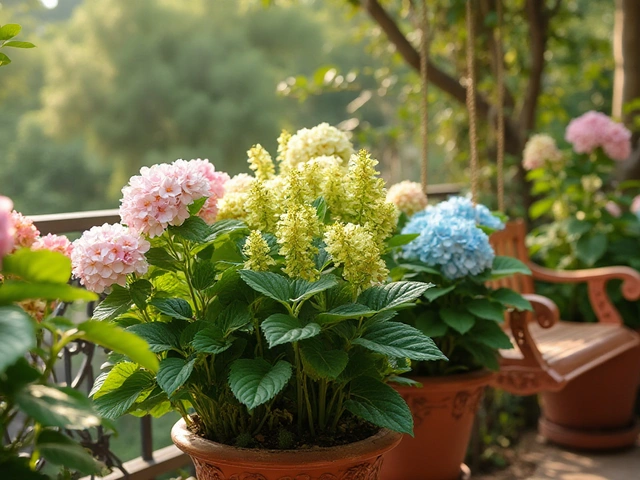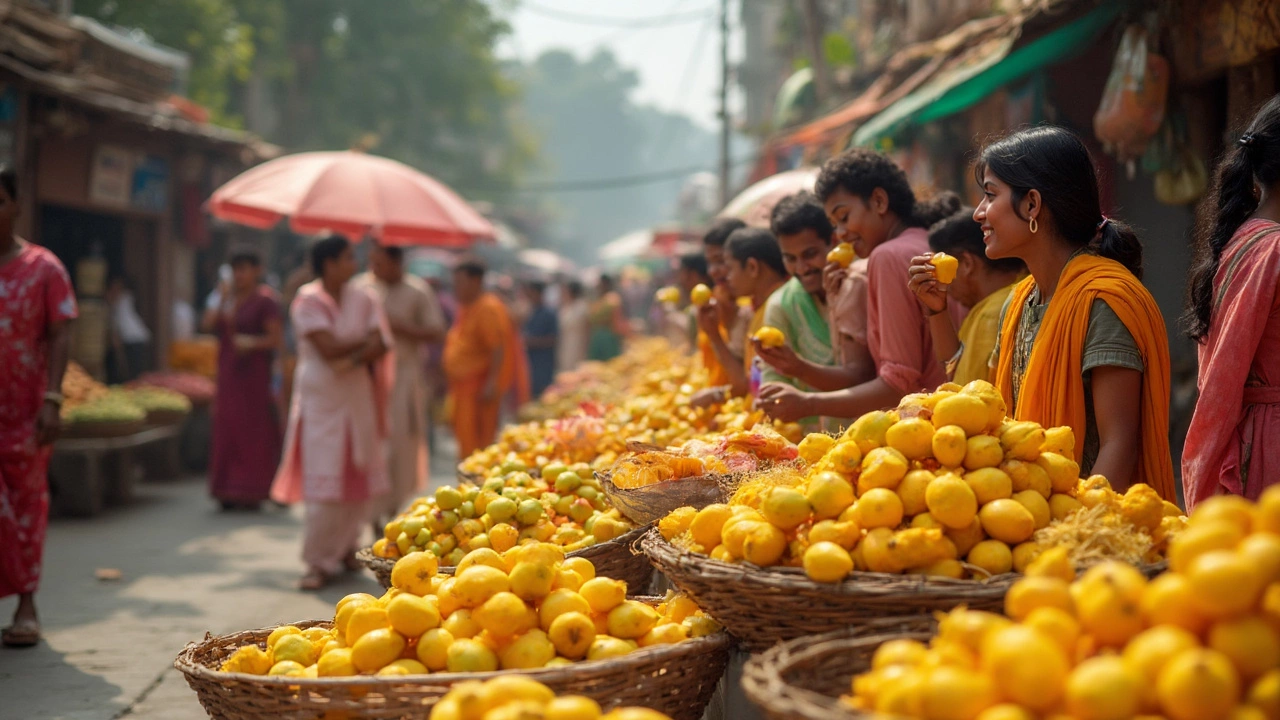Mango Tips for Growing Sweet Mangoes in India
If you’re dreaming of a backyard loaded with juicy mangoes, you don’t need a gardening degree. Just follow a few practical mango tips and watch the trees thrive. In this guide you’ll find the basics of picking the right variety, preparing the soil, watering smart, pruning right, and handling pests without fuss.
Choosing the Right Variety and Site
India offers plenty of mango types – Alphonso, Kesar, Dasheri, and Banganapalli are popular for flavor and market value. Pick a variety that matches your local climate; for hot, dry zones, go for Alphonso, while humid coastal areas favor Kesar. Plant the tree where it gets full sun for at least six hours a day. A spot with good air flow prevents fungal problems and makes fruit ripen evenly.
Watering, Soil and Fertilising
Mangoes love well‑draining soil. A mix of loam, sand and organic compost gives the right texture. Before planting, dig a hole twice as wide as the root ball and mix in compost and a handful of bone meal for phosphorus. After the tree is in the ground, water deeply but infrequently – think a big soak once a week during the dry season, and less during monsoon. Too much water leads to root rot, so let the top inch of soil dry out between irrigations.
Fertiliser needs change with the season. In early spring, use a balanced NPK (10‑10‑10) at a rate of 50 g per metre of trunk circumference. When the tree starts flowering, switch to a higher potassium mix (5‑10‑15) to boost fruit set. Apply the fertilizer in two splits – one before flowering and another when fruits start to develop.
Pruning is another key mango tip. Do it right after the harvest, usually between June and August. Remove any dead, diseased, or crossing branches to improve light penetration. Keep the canopy open – a vase shape works best – so air circulates and the tree focuses energy on the remaining limbs. Cutting back 20‑30 % of the canopy each year encourages new growth and better fruit size.
Pests and diseases can sneak up, but early detection saves the harvest. Watch for powdery mildew, anthracnose, and mango fruit fly. A simple spray of neem oil every two weeks keeps insects at bay without harming beneficial bugs. For fungal spots, a copper‑based fungicide applied at the first sign of infection works well. Rotate sprays to avoid resistance.
Harvest timing makes a big difference in sweetness. Mangoes mature on the tree but ripen off it. When the fruit changes to a golden hue and gives a little when pressed, cut it with a short stem attached. Let the mango sit at room temperature for a day or two to fully develop flavor before you eat it.
Finally, keep a simple record of planting dates, fertilizer applications, and any pest treatments. Over time you’ll spot patterns that help you fine‑tune your mango tips for that specific yard. With these straightforward steps, you’ll be on your way to enjoying home‑grown mangoes without the guesswork.
India's National Fruit: The Mango Explained
India’s national fruit, the mango, is more than just a tasty treat; it’s part of daily life, traditions, and even city streets. This article dives into why mango got the top spot, the best ways to enjoy and grow them, and tips if you want to add mango trees to your garden. You’ll also get some fun facts you probably haven’t heard, and easy ways to spot the best varieties out there. Whether you’re snacking, planting, or just curious, you’ll find real-world info you can use.
About
Vegetable Gardening
Latest Posts


Underground Sprinklers: Are They Really Worth the Investment?
By Alden Thorne May 4, 2025

Avoiding Mistakes: Where Not to Plant Hydrangeas on Your Balcony
By Alden Thorne Nov 29, 2024

Which Flower Is Most Grown in India? The Top Cultivated Bloom and Why It Dominates
By Alden Thorne Oct 30, 2025

